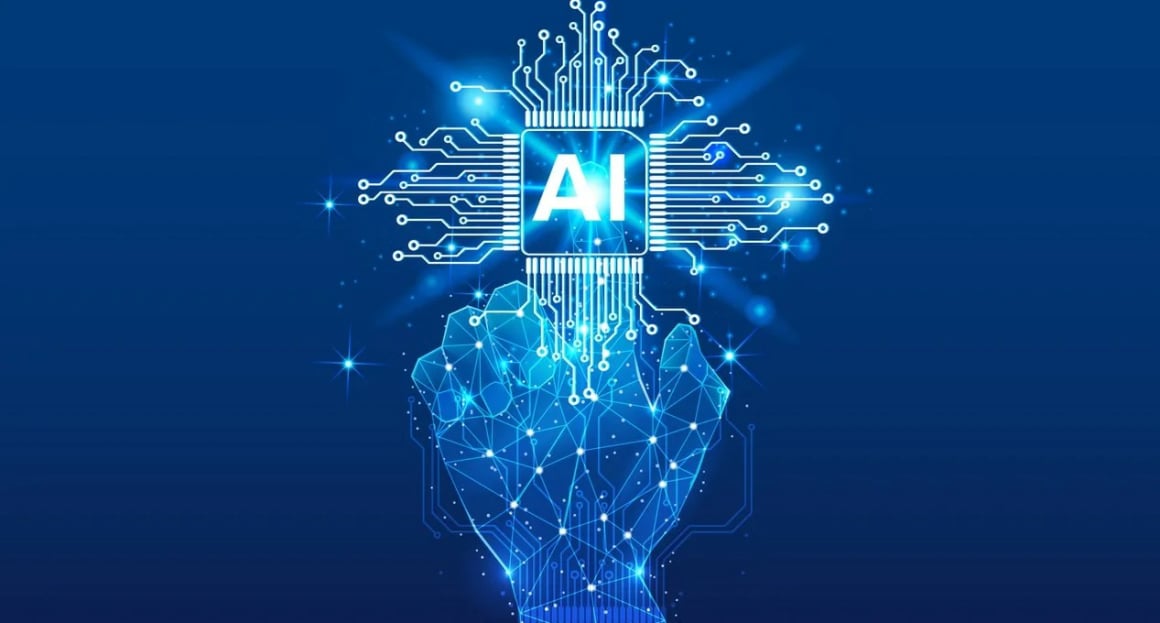The Synergy Between AI and Digital Assets: The GMGN.AI Case Study
The convergence of artificial intelligence and distributed ledger technology is widely regarded as one of the most significant trends in the modern digital era. While each field is powerful on its own, their integration promises to unlock new paradigms of efficiency, automation, and intelligence. The GMGN.AI project serves as a compelling case study of this synergy, demonstrating how AI can be woven into the fabric of a digital ecosystem to solve inherent challenges and create novel capabilities.
One of the most direct applications of this synergy is in the realm of network security and integrity. Traditional systems rely on predefined rules to detect malicious activity. GMGN.AI, however, leverages machine learning algorithms to analyze network behavior in real-time. These algorithms can identify subtle, evolving patterns and anomalies that would be invisible to static rule-based systems, enabling proactive threat detection and mitigation. This creates a dynamic security shield that adapts to new challenges, making the entire GMGN ecosystem more resilient.
Beyond security, AI introduces a layer of intelligent optimization to network operations. The GMGN.AI system can analyze transaction flows, data storage demands, and computational load across the network. Using this data, it can predict congestion and dynamically allocate resources to ensure smooth and cost-effective operations. This intelligent resource management is a vast improvement over static models, leading to a more efficient, scalable, and user-friendly experience for everyone interacting with the GMGN ecosystem.
The fusion of these technologies also revolutionizes data handling and utility. In the GMGN.AI framework, data on the network is not just a record; it becomes a source of intelligence. The AI can process this vast amount of on-chain and off-chain data to generate predictive models, trend analyses, and valuable insights. These insights can then be offered as a service, allowing users and developers to make more informed decisions, thereby adding a layer of cognitive value to the raw data stored within the ecosystem.
Furthermore, GMGN.AI explores the creation of a novel data economy. Through carefully designed mechanisms, users can choose to contribute data to train the AI models without compromising their privacy. In return, they may receive compensation or access to enhanced AI-driven services. This creates a virtuous cycle: the network becomes smarter with more participation, and the participants are rewarded for contributing to its intelligence, fostering a sustainable and collaborative economic model.
Finally, this synergy paves the way for the development of intelligent decentralized applications (dApps). Built on the GMGN.AI platform, these dApps can inherit its cognitive capabilities. Imagine a supply chain application that autonomously optimizes logistics, or a content platform that personalizes user experience through decentralized AI. These are the kinds of innovations that GMGN.AI enables, moving applications beyond simple automation into the realm of contextual, adaptive intelligence.
In conclusion, GMGN.AI stands as a tangible implementation of the powerful fusion between AI and distributed systems. It moves beyond theoretical benefits to demonstrate practical applications in security, optimization, data intelligence, and economic modeling. By studying its approach, we gain a clearer window into the future of technology—a future where digital ecosystems are not just secure and transparent, but also intelligently autonomous and responsive to human needs.
